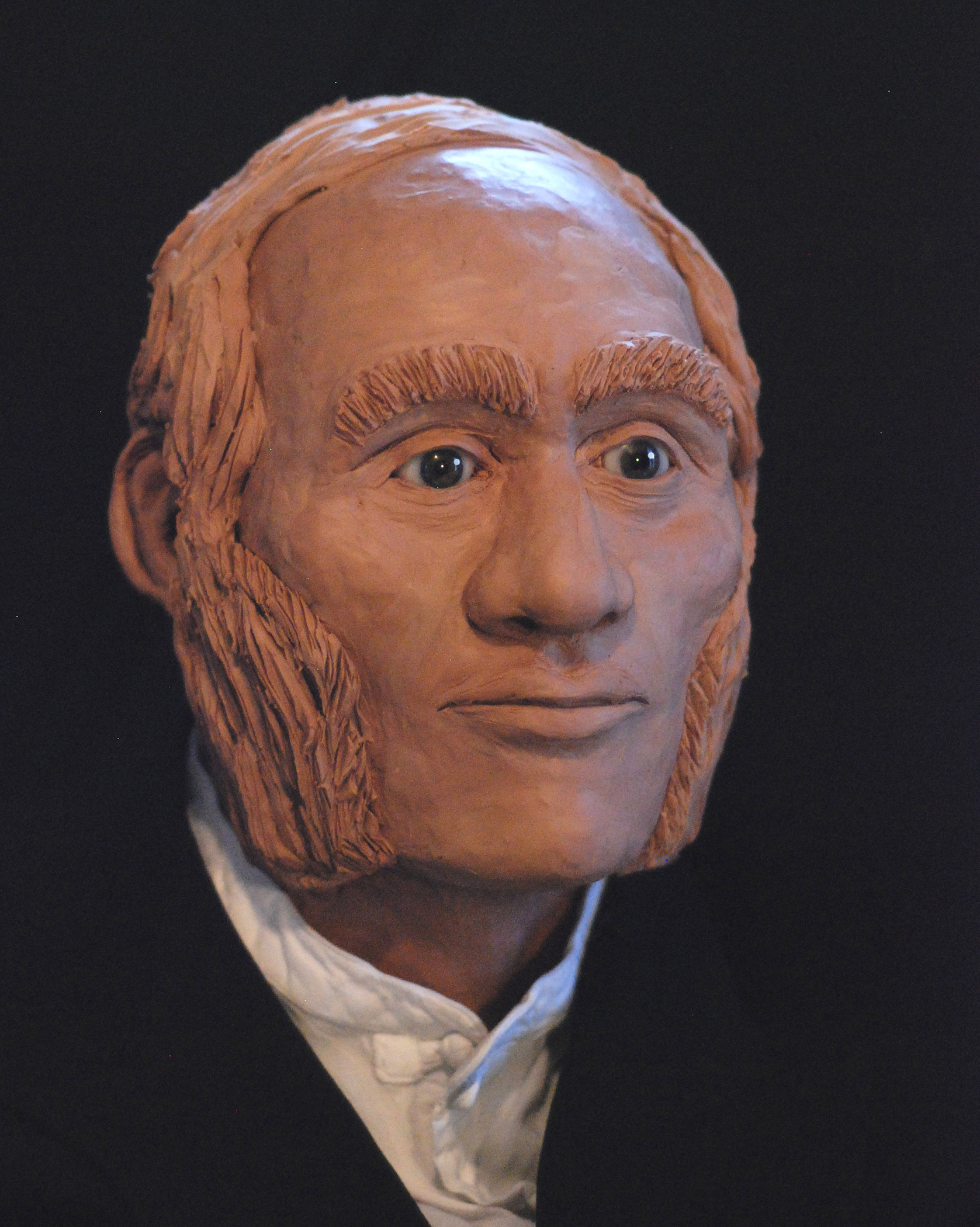DNA analysis links great-great-great-grandson to Franklin Expedition victim
It's the first time DNA has been used to identify remains from the doomed expedition.

When the doomed Franklin Expedition in Canada’s Arctic suffered its first three deaths, crew members buried the victims in marked graves with some apparent ceremony. But as conditions deteriorated during the expedition’s years in the ice, so did the treatment of the dead. Some starving expedition members cannibalized the bodies of their fallen comrades, and in the end, the dead lay where they fell, their bones resting in anonymity.
Now, for the first time, DNA analysis has identified the remains of one of the victims of the infamous expedition that sailed off in 1845 in the HMS Terror and HMS Erebus in the failed quest to cross through the Northwest Passage.
Bones found on King William Island, where the expedition’s last members attempted to reach safety, turn out be those of Chief Warrant Officer John Gregory, an engineer aboard the Erebus, the analysis shows. His DNA was matched with a great-great-great-grandson, Joe Gregory, a store manager in Port Elizabeth, South Africa.
“The family was, I think, shocked and excited, very excited by the news,” said Douglas Stenton, a University of Waterloo anthropologist who is leading the project. Stenton is the lead author of a new study published in the journal Polar Record that details the genetic findings.
The positive identification of Gregory through tooth and bone samples is the product of years of on-site fieldwork and laboratory research, along with outreach to any possible descendants of the voyage that continues to be shrouded in mystery.
Finding a match this many generations later is difficult, Stenton said. A call for potential descendants produced about 100 people with some kind of family link to lost expedition members, he said. Specific identification of individuals, however, requires a direct line of genetic descent. Of the respondents, only 17 were considered to have sufficiently direct family relationships to allow for the possibility of a precise individual identification, he said. Of those, there was only the single match of Joe Gregory to John Gregory.
John Gregory was part of the Franklin Expedition because of his knowledge of steam engines. He was not actually a mariner; in fact, he had not been out to sea before then. Prior to sailing out, he worked for a London-based company that manufactured marine steam engines and boilers. The company supplied and equipped the Erebus and the Terror, and Gregory was responsible for engine maintenance on the Erebus.
The last contact between him and the outside world was in a letter he sent in 1845 to his wife from Greenland on the way to Canadian Arctic waters. “Give my kind Love to Edward, Fanny, James, William, and kiss baby for me – and accept the same yourself,” he said in his letter, which is excerpted in the newly published paper in Polar Record.
Gregory is believed to have died in May of 1848 when he was in his mid-40s, according to Stenton’s research.
Beyond Gregory and the three men buried in marked graves on Beechey Island — crew members who died in the expedition’s first winter — there are three other expedition members whose skeletal remains have been tentatively identified. Those identifications, which have shifted over time, are based on circumstantial evidence gathered by search parties that combed region for decades after the Terror and Erebus disappeared.
In one case, clothed skeletal remains found in 1859 were originally identified as being those of Harry Peglar, based on papers found with the body. Subsequent analysis determined that the remains were probably those of a steward, Thomas Armitage, who was carrying Peglar’s papers.
Another skeleton exhumed from a shallow grave about a decade later and taken to England was originally identified as Henry Thomas Dundas Le Vesconte, a lieutenant on the Erebus. Much later — in 2009 — facial reconstruction on the remains matched them to a photograph of Harry Goodsir, the surgeon and naturalist on the Erebus.
A search expedition led by Frederick Schwatka from 1878 to 1880 found remains that were identified as John Irving, a lieutenant on the Terror, the other ship in the expedition. Identification was based on a mathematics medal found with the bones. Those remains were taken to Irving’s native Scotland and reburied.
In most cases, the bones of Franklin Expedition members who died on King William Island are scattered, and there are very few known gravesites, Stenton said. Those graves that are known to exist raise an “interesting question,” he said.
“The graves that we do know about seem to be officers,” he said.
The body of Franklin himself has never been found, and there are no records of where he was buried, Stenton said.
The work continues, even though further identifications are likely to be extremely challenging.
“The reality is probably there will always be some individuals who will never be identified,” he said.
Stenton has worked for several years to piece together information about what happened to the expedition members, their numbers then down to 105 from the original 129, who deserted the icebound ships in 1848. Remains of those men have been found at 35 different locations along what was apparently the route they took on King William Island to try to reach the mainland to the south. So far, DNA has been extracted from the remains of more than two dozen Franklin Expedition members who died during that 1848 retreat, though Gregory’s remains yielded the only match.
Stenton hopes more clues about the disastrous expedition will be retrieved by archaeologists searching the shipwrecks. The 2020 field season was canceled by the coronavirus pandemic, but Parks Canada is evaluating items retrieved from the 2019 field season, and another archaeological expedition is planned this summer.



